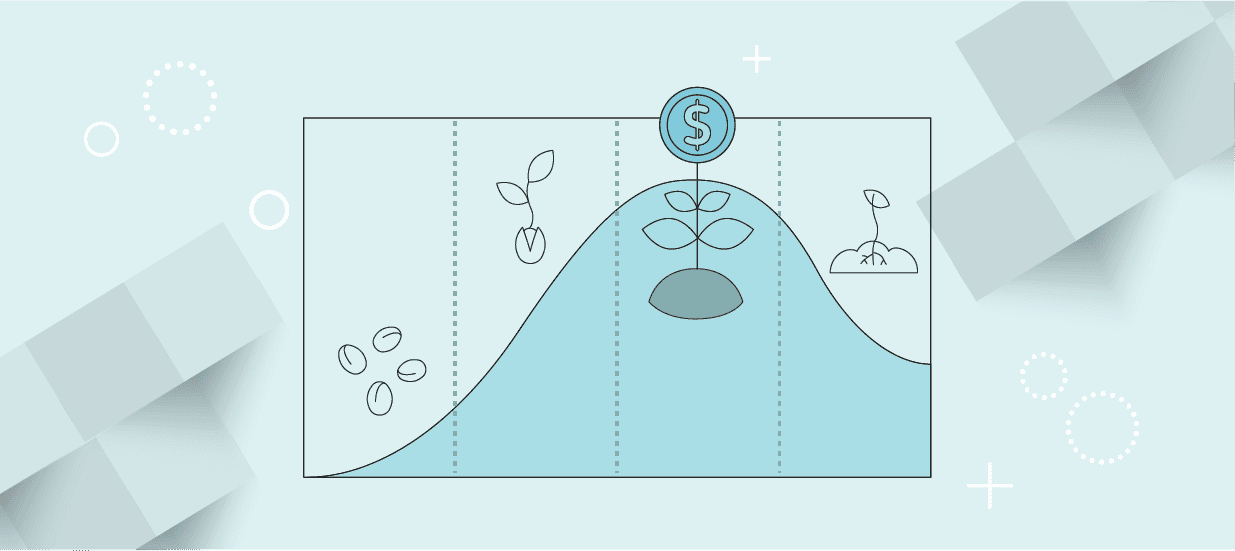Every product professional strives to solve real market problems with innovative solutions that the audience embraces—it’s the dream.
And I spend a lot of time thinking about the idea of how to architect innovation to create the kind of outcomes that we want. Then, knowing how to go from those outcomes and reverse engineer it into the work that we need to do every day to get there.
But first, who owns innovation?
If we think about innovation in most organizations, we think that there’s this designated special team in their special space, with special titles and special skills, and they are “the innovators.” They have the responsibility, accountability and pleasure of innovating within a company.
When you approach innovation in that way as a company, and you ask anybody else outside of that group to think about how they can be more creative thinkers, you can expect one of two responses.
The first is, “oh, that’s not my job.” It’s not that they don’t want to be innovative, it’s the concern they’ll be “outside of their lane” and running afoul of the innovation team.
The second is, “I’m not really smart enough.” That might actually sound like, “I’m not an engineer, design thinker, anthropologist” or some other similar title we’d expect to find in the innovation space.
As a result, you have a small group of people who are overburdened. They are trying to deliver these incredible outcomes, not only from the product perspective but also from a cultural perspective.
Alternatively, if you look at companies that are truly high performers, they really understand that innovation is everybody’s business.
This is where we begin to rethink innovation. A culture of innovation is a mindset and behavior about how you do the work that you’re already doing.
You Are—In Fact—That Innovative Person
While I conducted research for my book, Re-Think Innovation, I consistently found that there were people who wanted to be innovative and creative but told me they are “not that kind of person.”
In their minds, creative people are artists, painters, writers or performers. Innovative people are structured, design-thinkers—the Ph.D. kind of people. And, there are these individuals capable of having great ideas who think they are neither innovative nor creative because of these specific definitions.
If someone is looking to be more innovative, it starts with hobbies and diverse interests. Then, you observe something new, look for patterns and think about how those relate to what you’re doing in your job.
Sometimes, we feel like innovation is this activity where we have to stop doing day-to-day work and “go innovate.” However, it can be as simple as observing how a company you admire approaches problems and ideas, and then find relevant patterns. It’s important to note here that innovation isn’t copy/paste an idea from another company to yours. Rather, the approach helps inspire you to think differently.
Finally, it’s important to recognize that everyone approaches innovation differently. You are—in fact—that innovative person, and finding your innovation archetype will empower you to embrace your approach to ideas and creativity.
What type of innovator are you?
What I want to do with this archetype assessment is help people understand that there’s no one type of person who is positioned to be innovative. In this effort, I’ve created six archetypes outlined below with a link to an assessment to help you identify yours.
Strategists – are naturally good at planning and understanding the throughline. When they see an idea developing, they’ve already begun crafting a plan for how it could potentially go to market.
Provocateurs – are the opposite of strategists in some ways because they aren’t thinking about the logistics of an idea. They are constantly pushing the envelope and challenging the status quo.
Psychologists – are innovators who retrieve inspiration and ideas from their understanding of and empathy for their customers. They measure the potential of an idea by how much it might improve the lives of the people their products will serve.
Collaborators – are highly capable when it comes to reaching across different departments and breaking down silos. They naturally bring people together and aren’t as interested in getting credit for the idea. They intuitively know their approach has the ability to help the idea achieve its full potential.
Culture Shapers – are fantastic at communicating change. These individuals tell compelling stories that paint a picture and help people believe in the idea. They inspire others to imagine the future state of things after implementing innovation.
Orchestrators – are fearless leaders. They demolish roadblocks to innovation by having difficult conversations early in the process, which eliminates the friction between team members and departments. They are also excellent at maneuvering through the political pitfalls in any organization.
So what type of innovator are you?
Final note: People who are well-versed and flexible in how they need to behave in order to fill in gaps on teams, find that when they go through the assessment, they really resonate with many of the different characteristics of the different archetypes. So, if you take it more than once, and you notice a change, that could be a reason.
Keep Learning
Do you want to keep flexing your innovation muscles? There are two courses at Pragmatic Institute that cover the topic of innovation in depth.
Focus
This course shows you how to find opportunities in your market’s problems, score them objectively and identify where your company’s strengths intersect with market values. Successful innovation happens when you know how to strategically direct your efforts and resources on the best ideas.
Design
This course teaches you how to take a human-centered approach to market problems, so you can partner with designers to create intuitive products the market will embrace. Innovation isn’t just an idea, it’s how that idea comes into existence through design work.
Author
-

Carla Johnson is a global keynote speaker, a best-selling author and a recognized marketing and innovation strategist.
View all posts








